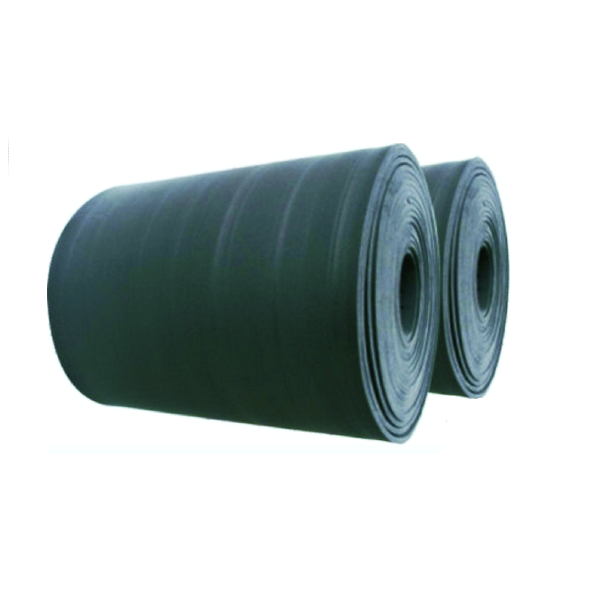Graphite felt
Graphite felt
Graphite felt is divided into pitch-based graphite felt, polyacrylonitrile-based (PAN-based) graphite felt, and viscose-based graphite felt due to the different selection of original felts. The main purpose is to be used as heat preservation and heat insulation materials for monocrystalline silicon smelting furnaces. In the chemical industry, it can be used as a filter material for high-purity corrosive chemical reagents.
Carbon felt is graphite felt after being treated at a high temperature of over 2000℃ under vacuum or inert atmosphere. The carbon content is higher than that of carbon felt, reaching more than 99%. At the end of the 1960s, graphite felt was already available in the world. Graphite felt is divided into pitch-based, polyacrylonitrile-based graphite felt and viscose-based graphite felt due to the different selection of the original felt.
Among them, the asphalt represented by Kureha Chemical of Japan is the mainstream in the insulation industry [2], the European and American insulation felts are basically made of adhesives, while the majority of China uses polyacrylonitrile as raw materials. Process: Cut the polyacrylonitrile-based carbon felt or viscose-based carbon felt into the required size, roll it into a tube and put it into a container made of graphite material, and place the graphite container in a high-temperature furnace (the high-temperature furnace is a graphite tube furnace, an intermediate frequency , High-frequency induction furnace or other high-temperature furnaces with heating methods), protected by vacuum or high-purity inert gas, heated to 2200-2500°C at a heating rate of 100-300°C/h, and then naturally cooled to 100°C.
Graphite felt is strong and has strong oxidation resistance, but it has poor flexibility, high bulk density and good heat preservation performance. In addition to the characteristics of high purity, high temperature resistance, corrosion resistance, and non-melting of block graphite, they also have the advantages of being elastic, arbitrarily folding, cutting, and sewing with graphite yarn. The main purpose of graphite felt is as a heat preservation and heat insulation material for single crystal silicon smelting furnace. In the chemical industry, it can be used as a filter material for high-purity corrosive chemical reagents. Graphite felt can be used at a temperature of about 3000°C in a non-oxidizing atmosphere.






